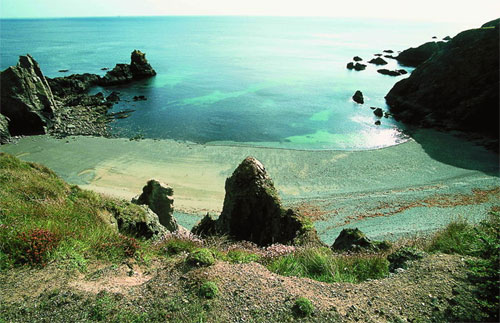

Cork City is the natural starting point to explore Ireland’s Ancient East. With our great transport links and our historic role as the gateway to both East and West Coasts and the wider oceans, our harbour City has always been a starting place for epic journeys.
This itinerary will bring you from the City through the rich farmland and historic towns of Ireland’s far southern coast, on through East Cork to the ancient Viking and Norman settler lands of Waterford.
A light breakfast in the city centre, in the Farmgate café in our famous covered English Market , colourful and full of life since it opened its doors in 1788. You could also choose one of the many nearby cafes such as Nash 19 with its local produce and famous eggs and Soda Bread combos.
There’s also the eat-in or take-out optin at Loving Salads, in two locations close to the English market, a firm favourite with Cork City people who appreciate great salads, zingy soups, juices, coffee, sweet treats and falafel.

Head East – for twenty minutes to the village of Carrigtwohill and the imposing Barryscourt Castle , maybe not the best known of Cork’s historic castles, but certainly one of the most romantic and intriguing. The ancient seat of the warrior Barry clan, what stands today is one of the finest and best preserved examples of a 16th Century Irish Tower House (or fortified manor).
Both the first floor Main Hall and the second floor Great Hall have been extensively restored with fittings and furnishings reinstated. The Orchard has been restored to the original 16th century design and an Elizabethan herb garden has been planted once again within the bawn (the high defensive wall which would have posed a big challenge to 16th Century apple raiders).
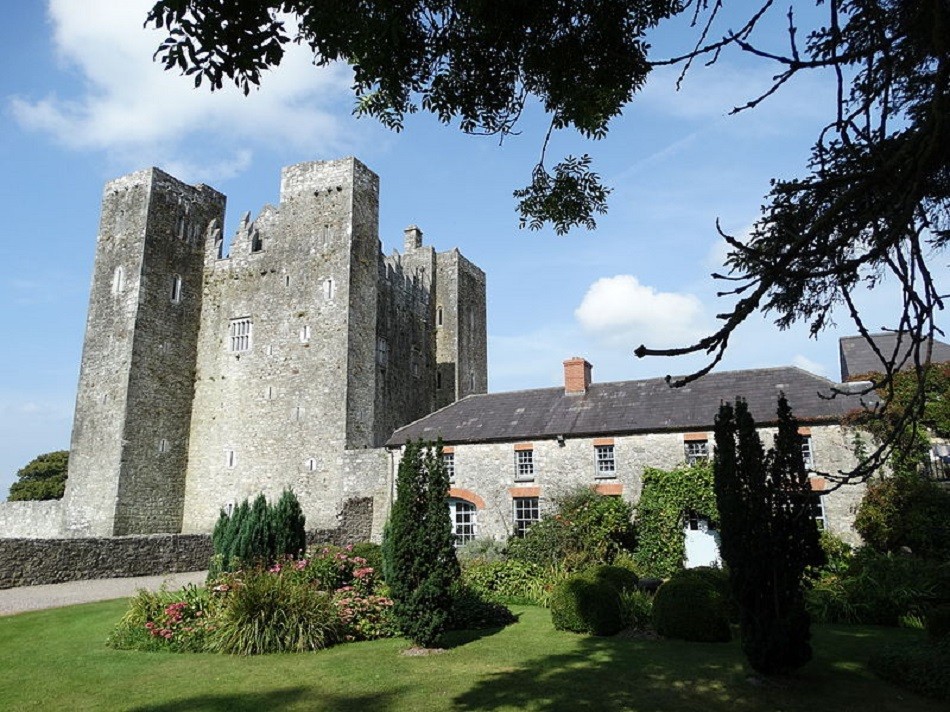
Follow the Road East To Ballycotton – Another half hour or so drive will bring you the sea. Stay in or around the fishing village of Ballycotton and finish your first day in the famous Blackbird Pub - an old fisherman’s pub that retains its traditional charm but now hosts live music, a fish n’chips shack in its gorgeous beer garden and the occasional local wedding.
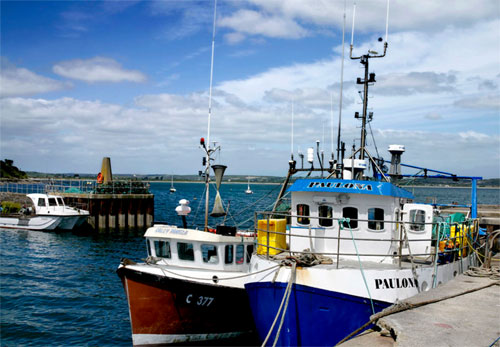
This old fishing village, once home to smugglers and fierce privateers (semi-legal pirates preying on enemy shipping in times of war between Britain, France, Holland and Spain) is one of the little jewels of our Atlantic Coast. Take the Ballycotton Lighthouse Tour - a short boat ride out to the island where beacons of many kinds have guided shipping since before the time of Columbus.
Your guide will tell you the story of the lighthouse, its engineering, its history and point out the fascinating wildlife in and around the island.

Take the Ballycotton Cliff Walk – starting in the village, this ancient path follows the cliffs for about 5kms above beaches, tiny coves and plunging cliffs.
With the sea before you and meadows behind, the views are stunning and the wildlife abundant. You can do it without stout walking boots, just take your time and take in the wild shore and sea.
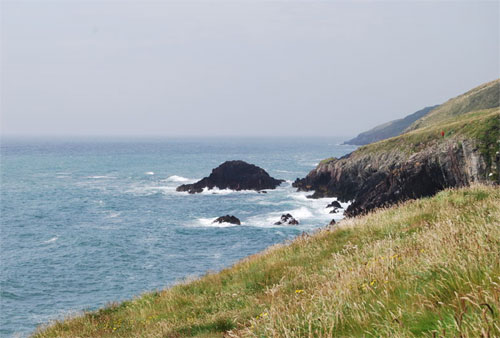
It’s a relaxed 40-minute drive along the coast from Ballycotton to the historic walled harbour-town of Youghal , once part of a great land grant by Queen Elizabeth to her favourite admiral, explorer, adventurer and spy, Sir Walter Raleigh. The great sea captain was an early explorer of North and South America, and it was to Youghal that he brought back and planted Europe’s first potatoes.
Here you will find Raleigh’s main residence in the town, Myrtle Grove and just a few steps away, St Mary’s Collegiate Church . This medieval jewel is on the site of an even earlier monastery founded in 450AD by St Declan, the monk who converted the fierce sea-raiding tribes known as the Déisi to Christianity.
Look for the ancient stone built into the walls of the Church which tells of other sea-raiders. It bears the carved outline of a Viking longboat, a warning from the 9th Century Celts of the Norsemen who would strike this coast like a winter storm.
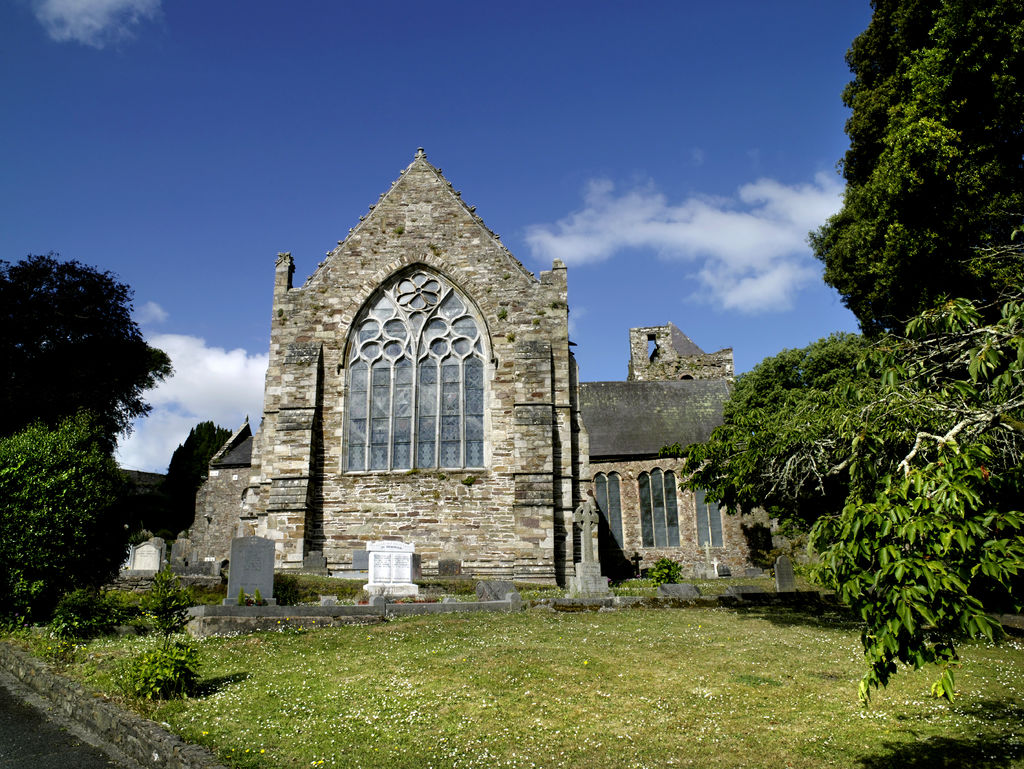
You can stroll through this medieval harbour town and its long beach, and picture the longboats, Spanish caravels and Elizabethan galleons which brought missionaries, traders, raiders and conquerors to this coast down the centuries.
Visit Youghal's iconic Clock Gate Tower arching over the main street where you can discover 600 years of history over four fascinating floors.
It is a short journey onwards into County Waterford and to another sacred site associated with St Declan and his hardy missionary monks, ancient Ardmore, possibly Ireland’s oldest Christian site. The Cathedral and Round Tower date back to the 12th Century. In Ardmore, you can feel the spirituality of centuries.
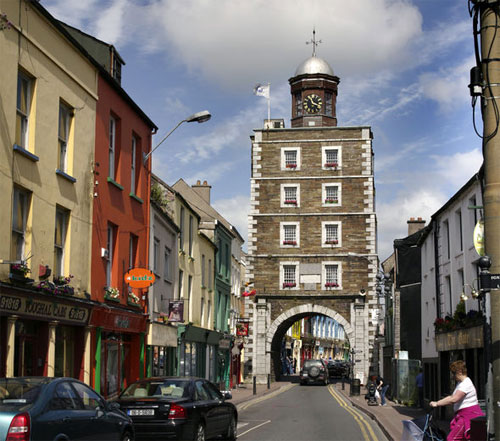
For a special dining experience at the end to your day of exploring – travel back across the county border into Cork and try Sage in nearby Midleton (forty minutes’ drive from Adrmore). Sage is famous for its “12 Mile Rule” – virtually all the ingredients for every dish are sourced within 12 miles of this award-winning restaurant’s front door.
Or - it’s a shorter, 20 minute drive from Ardmore to Youghal and Aherne's Townhouse & Seafood Bar - a family run townhouse hotel and gastropub with award winning sea-food.
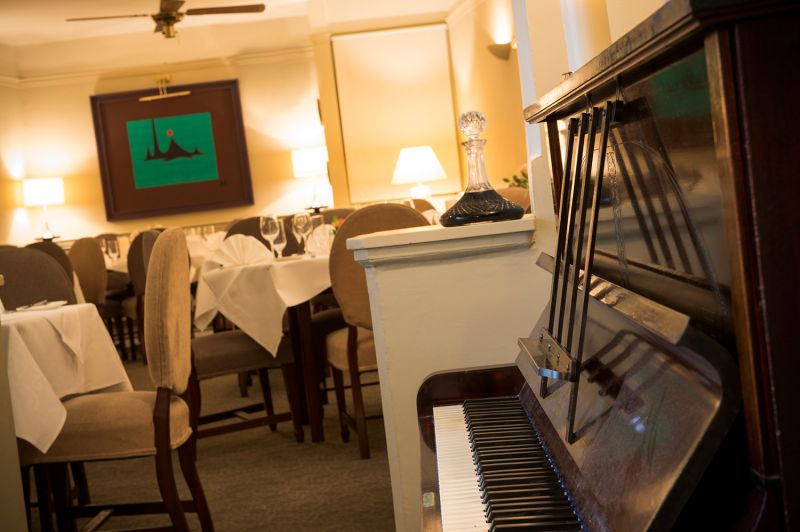
To Waterford! You are now heading deep into Viking territory, the part of the south-east coast the Norsemen raided and terrorized, before arriving in greater numbers, to settle and make the harbours and farmlands part of their vast sea empire.
In Waterford, Reginald’s (or Raghnall’s) Tower stands guard by the harbour, where it once would have looked out over the long-ships of the Vikings. Built in the 10th century and named for the Norse ruler of the South East, it is your starting point for the three major heritage sites known as the Waterford Treasures . Follow the trail to see the Chorister’s Hall and the Bishop’s Palace, where you can see how a prince of the church would have lived in his medieval mansion.
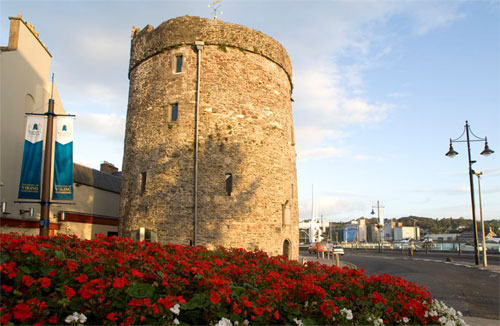
You can stop off at Bodega , a restaurant and wine bar where the ingredients are locally sourced and the artisan food really is from farm to fork.
Then cross The River Suir – By the traditional method, catching the ferry from Passage East to Ballyhack, on the road to the old Norman settlement of New Ross. It was the first place in Ireland to come under the control of those warrior descendants of the Vikings when they invaded in 1169, and the New Ross Historic Town Walk will take you through the still narrow streets and lanes to give you a sense of centuries of conflict and conquest.
This walk will also take you to the Dunbrody Famine Ship Experience .
Walk the deck of a replica of a 19th Century Canadian-built ship that brought starving Irish immigrants across the Atlantic to North America. Some of their descendants did return, as you will discover at The Kennedy Homestead , which looks at the lives and the legacies of the Kennedys who left Waterford to settle in Boston, and saw a beloved son become president of the United States.
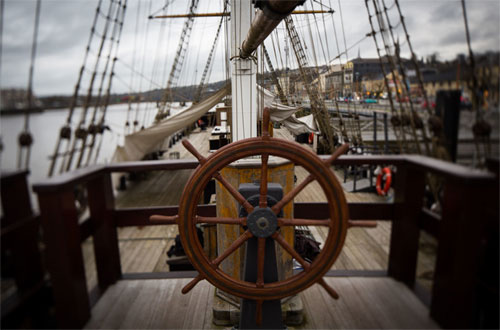
Today you'll drive the Copper Coast scenic route, a loop that starts in Waterford and travels across the ancient, mineral-rich coast of the South East under the shadow of the Comeragh Mountains.
It’s a designated UNESCO Global Geopark, thanks to its long history of mining, which you can learn about at the Copper Coast Geopark Centre at Bunmahon.
Look out for the Blueflag beaches along the coast and stop off at the pretty villages of Annestown and Stradbally. There is also the Waterford Greenway - a magical 46km walking and biking route along an old coastal railway.
